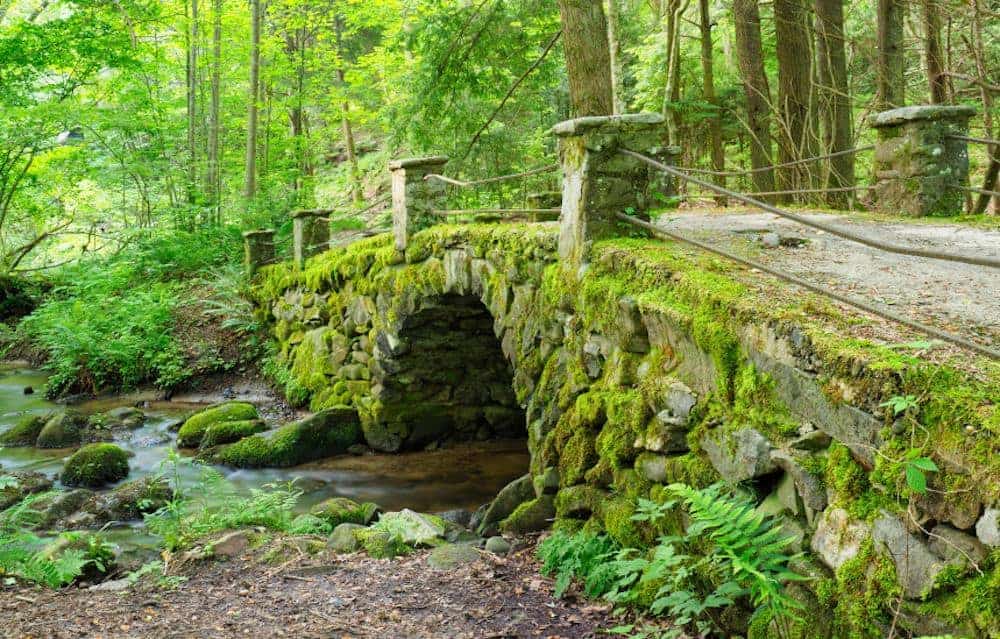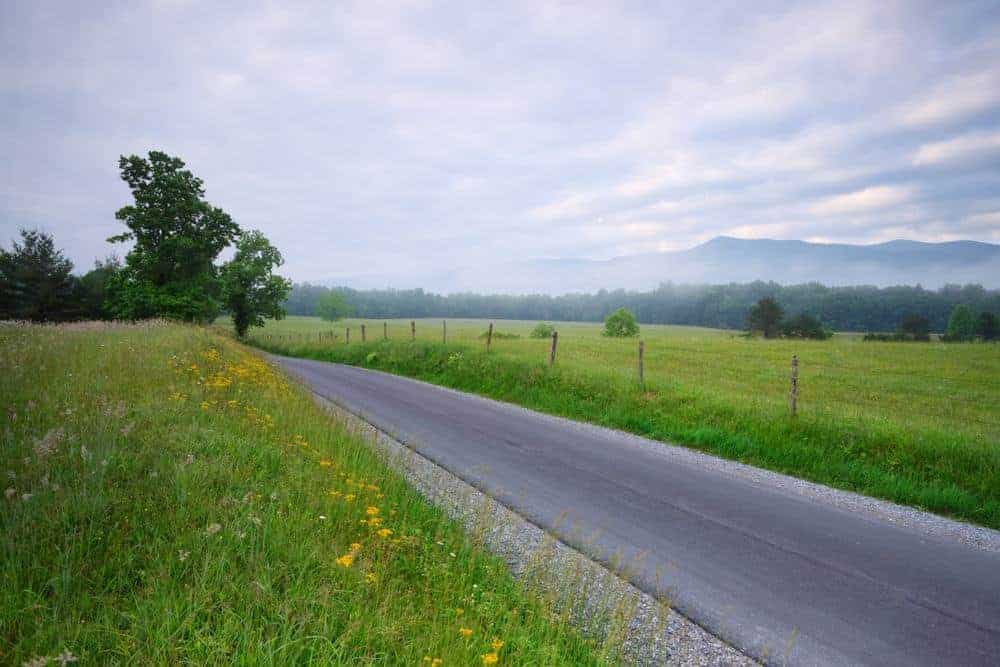Do You Know How Glaciers Affected the Great Smoky Mountains?
 The winter weather has officially made its way to the Great Smoky Mountains, and families are starting to bundle up to go hiking through the park in the snow. Although it’s not as cold in the Smokies as other parts of the country, the cold weather reminds us of our icy past and takes us back to the days before the Great Smokies became a national park. We decided it would be fun to take a step back in time to explore the effects of glaciers in the Smokies, and how the glaciers helped make the Great Smoky Mountains one of the most diverse parks in the United States.
The winter weather has officially made its way to the Great Smoky Mountains, and families are starting to bundle up to go hiking through the park in the snow. Although it’s not as cold in the Smokies as other parts of the country, the cold weather reminds us of our icy past and takes us back to the days before the Great Smokies became a national park. We decided it would be fun to take a step back in time to explore the effects of glaciers in the Smokies, and how the glaciers helped make the Great Smoky Mountains one of the most diverse parks in the United States.
The Great Smoky Mountains are some of the oldest mountains in the world, estimated to be anywhere from 200-300 million years old. The glaciers of the last ice age covered North America, but luckily did not reach as far south as the Great Smoky Mountains. Since the Smoky Mountains were not covered in glaciers, animals and plants began finding safety in the mountains.
(Learn More: What’s So Great About the Great Smoky Mountains?)
Since, the Smoky Mountains have been mostly undisturbed. When you visit the Great Smoky Mountains National Park, you’ll notice the variety of wildlife, plant life and forestry, especially on auto tours or a drive along Newfound Gap Road. When you’re snapping pictures of wildlife or pretty flowers in the springtime, make sure you remember the glaciers that helped bring the beauty to the Great Smoky Mountains.
If you’re looking for more information about the area, take a look at Visit My Smokies’ page dedicated to the Great Smoky Mountains National Park. There, you can find all of the information you need to start planning a trip to the mountains!




